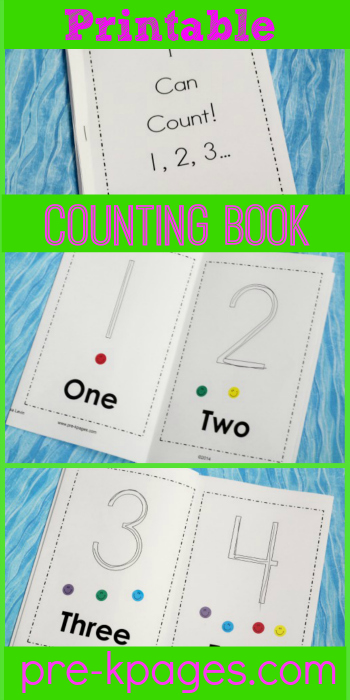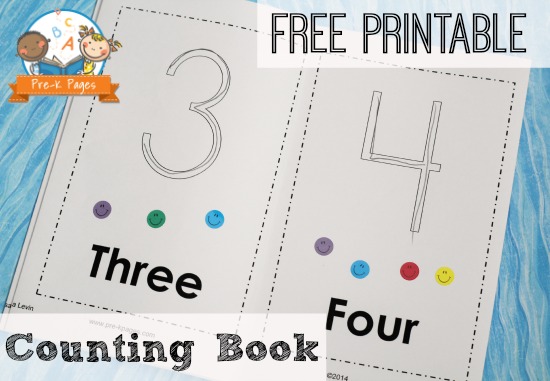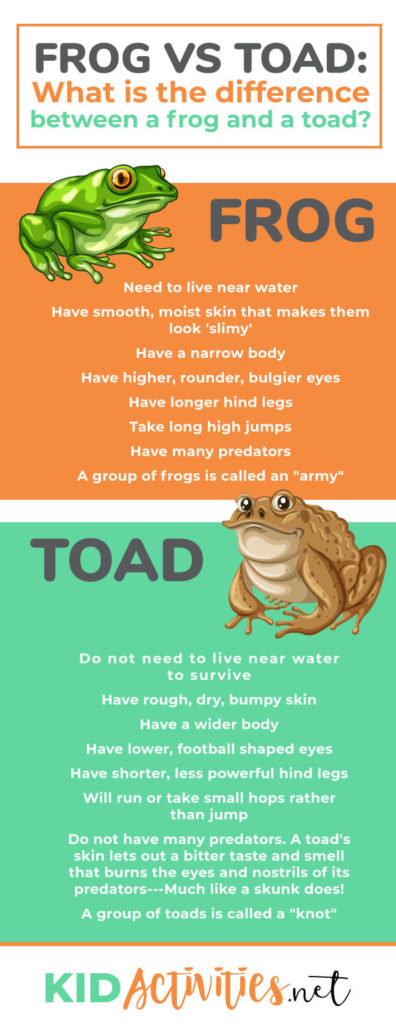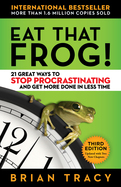
The curriculum offers professional development and materials to support implementation and continuous improvement. Professional development includes gaining the knowledge and skills required for effective implementation of a curriculum. Standardized training procedures include initial and ongoing training to support education staff as they learn to implement a curriculum with fidelity. Standardized training procedures provide consistent content and delivery methods across training sessions. Curriculum materials to support implementation include resources that come with a curriculum to help education staff understand how to use it. The materials may also include resources to help education managers and coaches support education staff to implement the curriculum effectively.
Communicating with Families: The resource guide, Family Connections Building a Sense of Community, and online resources, Family Connections, provide a range of materials and strategies for sharing information with families, such as letters about the curriculum's learning experiences. In addition, "From the Experts: Family Connections" describes some ways to learn from families about children's development (e.g., survey families about child's interests and activities at home as well as parents' visions for child's education). While the materials for families are translated into Spanish, there is limited further guidance on how to communicate with families in culturally and linguistically responsive ways.
Engaging Families: The curriculum provides multiple resources to support parent and family engagement in their children's learning and development. For example, the Parents Are Teachers Too (PATT) mats are hands-on, open-ended activities for families to do at home with their children, available in both English and Spanish. The curriculum also provides Take-Home Storybooks for families to read with their children and suggests offering a lending library with books in families' home languages. However, there is no further discussion on how to engage families from diverse cultures, families who speak languages other than English, or parents with disabilities or other special needs.
The curriculum provides guidance on ongoing child assessment. Ongoing child assessment is a process of gathering information to understand and support children's development over time. Information gathered through observation and documentation helps inform curriculum planning, teaching, and individualizing for all children. Ongoing child assessment can also be used to periodically complete standardized and structured assessment instruments to evaluate children's developmental progress.
Overview

Ongoing Observation and Documentation: Assessment: A Portfolio Approach describes how teachers can develop a portfolio of work samples, photographs, voice-recorded interviews, checklists, and anecdotal records to document children's developmental progress over time. To support this process, this resource guide and the Assessment CD offer several specific suggestions, examples, and tools (e.g., weekly assessment checklists). However, there are minimal supports for teachers to use these strategies and tools embedded throughout the Teacher Guides and no guidance on how to use information from ongoing assessment to inform curriculum planning.
The curriculum provides guidance on how to individualize for children with disabilities, suspected delays, or other special needs. Individualization for children with disabilities, suspected delays, or other special needs includes providing more specialized supports for children to access and participate in learning, social experiences, and activities. The curriculum's guidance for specialized supports includes specific teaching practices and ways of interacting with children, as well as adaptations to daily schedules, learning activities, and the learning environment. Individualizing for children with disabilities, suspected delays, or other special needs enables all children to access, participate, and thrive in early learning settings.
Active Exploration: Assessment: A Portfolio Approach describes the importance of hands-on exploration for children's learning (e.g., how children problem-solve and develop math skills as they explore blocks in the "Construction Center"). The Teacher Guides provide some opportunities for preschoolers to actively engage in hands-on exploration in the learning centers and practice activities (e.g., explore paints and play dough of different textures). However, many activities are structured, teacher directed, and leave children little room to engage with materials in open-ended ways or create and experiment with materials (e.g., teacher demonstrates how to make ropes from play dough and invites children to make ropes).
Curriculum Materials to Support Implementation: Frog Street Pre-K includes a comprehensive set of materials to support implementation. The Welcome to Frog Street Pre-K introductory guide provides an overview of the curriculum materials, such as the Teacher Guides, resource guides, CDs, manipulatives, and books for children. It includes information on setting up the learning environment and designing learning centers. The Teacher Guides provide daily lesson plans for each theme that describe the content and strategies for implementation (e.g., goals for the activities, questions to ask, and scaffolding strategies).

I like things that are quick and easy, don’t you? To assemble this book, just fold each page with the fold on the right, then staple along the left side- no cutting required!
Next, invite your students to write the numbers using the outline as a guide. Then, provide them with some small stickers and invite them to place the corresponding number of stickers on each page.
I made this printable I Can Count book for you, click on the picture below to download your copy.
For children who are beyond simple number identification, the spelling of the word is very helpful. I have had many children who learned the words in the song very quickly in addition to being able to fluently recognize the numbers.
Printable Counting Book

The songs provide a supportive structure that helps them feel confident as they learn to identify numbers.
(Disclosure) This post was sponsored by Frog Street Press. All opinions are my own.
Combine their natural love of stickers with a fun activity and you have a great way to practice writing and recognizing numbers as well as one to one correspondence!
Fanny, Fernando and I are looking forward to meeting you at the Frog Street Splash conference this summer

Printed on 80 lb. Mohawk Via Vellum and bound into a soft cover. Endpapers.
$10.00 (incl. s/h — Canadian orders only — contact us for shipping charges outside of Canada.)
$30.00 (incl. s/h — Canadian orders only — contact us for shipping charges outside of Canada.)
PayPal prices include shipping fees to Canada. For international orders or orders payable by cheque, kindly contact us.
Grindr Opera

Edition of 100 copies. 28 pages
ISBN 978-1-989946-07-7 2021 Price $15.00 (in Canada)
Edition of 125 numbered copies. 34 pages.
ISBN 978-1-926948-44-7 2017 OUT OF PRINT
Edition of 100 numbered copies. 40 pages.
ISBN 978-1-926948-37-9 2016 Price $10.00 (incl. postage).

APPEARANCE…Every different species of frog has his or her own look. They come in many colors, patterns, and sizes.
- Print out as many frogs (in whatever version you prefer) and hide them.
- Have the kids search for hidden frogs around the party room or outside.
We have put together a collection of fun frog games and activities for kids. These ideas are great for doing a frog theme at school or just having fun on any given day. A frog theme is perfect for a “leap year.” If you are looking for Art, Games, Snacks, Jokes, Decorations, Trivia, Book List, or Party Activities with a Frog Theme? Have ‘Toad-ally Awesome’ fun with the following ideas!
- Lime sherbet
- Green decorators’ gel
- Junior Mints
- Green gummy ring candy
Frog vs Toad: What is the difference between a frog and a toad?

FROG SOUNDS… Every different species of frog makes it’s own special sound — it’s only the male frog that can croak. They have a small sac in their throats that vibrates the air as they slowly let it out.
Five little speckled frogs
Sitting on a hollow log
Eating some most delicious bugs
Yum Yum…
One jumped into the pool
Where it was nice and cool…
Now there are four speckled frogs
Glub, glub…
(…and so on in descending order )
- Combine 4 envelopes unflavored gelatin and 3 pkg. (3 oz. each) lime-flavored gelatin in a large bowl.
- Add 4 cups of boiling water and stir until dissolved.
- Pour into a 9 x 13 pan and chill until set (at least one hour).
- Using a cookie cutter, cut frog shapes from green jello.
- Dip small marshmallows in whipped topping to keep eyes in place on the Jell-O frog. (From Cassie/Mi.)
- Frogs and toads are carnivores, which means that they will eat meat.
- Small to medium-sized frogs eat insects such as flies, mosquitoes, moths and dragonflies. Larger frogs will eat larger insects like grasshoppers and worms.
- Some large frogs will even eat small snakes, mice, baby turtles, and even other smaller frogs!
- Most frogs will starve before they eat a DEAD insect or animal.
- Frog’s tongues are attached to the front of their mouths rather than at the back like humans. When a frog catches an insect it throws its sticky tongue out of its mouth and wraps it around its prey. The frog’s tongue then snaps back and throws the food down its throat.

You have a virtually unlimited ability to learn and develop new skills, habits, and abilities. When you train yourself, through repetition and practice, to overcome procrastination and get your most important tasks completed quickly, you will move onto the fast track in your life and career and step on the accelerator of your potential.
Thank you for picking up this book. I hope these ideas help you as much as they have helped me and thousands of others. In fact, I hope this book changes your life forever.
This book is written to show you how to get ahead more rapidly in your career and to simultaneously enrich your personal life. These pages contain the twenty-one most powerful principles on personal effectiveness I have ever discovered.
Step one: Decide exactly what you want. Either decide for yourself or sit down with your boss and discuss your goals and objectives until you are crystal clear about what is expected of you and in what order of priority. It is amazing how many people are working away, day after day, on low-value tasks because they have not had this critical discussion with their managers.
No Shortcuts
Step three: Set a deadline on your goal
Whenever you complete a task of any size or importance, you feel a surge of energy, enthusiasm, and self-esteem. The more important the completed task, the happier, more confident, and more powerful you feel about yourself and your world.
“Failure to execute” is one of the biggest problems in organizations today. Many people confuse activity with accomplishment. They talk continually, hold endless meetings, and make wonderful plans, but in the final analysis, no one does the job and gets the results required.
Within one year of starting in sales, I was a top salesman. A year later I was made a manager. Within three years, I became a vice president in charge of a ninety-five-person sales force in six countries. I was twenty-five years old.
